
Pastures in South Africa
The planting of pastures to supply food for animals is determined by the soil type and climate, the intended end-use of the pasture as well as the type of animal and production stage of the animal.
Dairy cows in ryegrass. Pastures can be used for grazing but also to make silage and hay.
The cheapest way to utilise pastures is by direct foraging by livestock, but pastures can also be harvested and made into hay or silage. The choice of pasture crops is complex - it can consist of grasses, legumes and more often grass-legume mixtures - and guidance from agricultural extension officers or seed companies is advised.
This series provides only a very general overview of pastures in South Africa and more in-depth research by the reader into farm and livestock-specific pastures are advised.
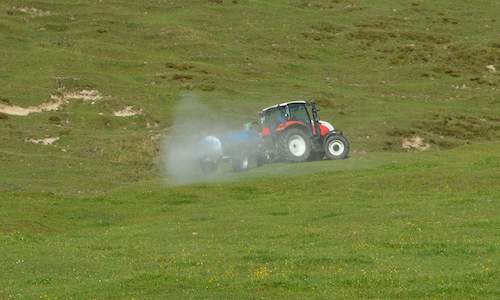
Fertilisation of pastures is important, both at the planting stage and also later when maintaining pastures....
more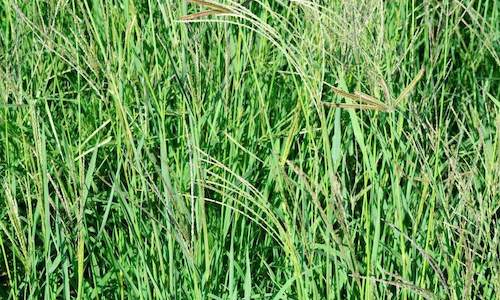
Grasses that produce its highest yield and growth in the warmer summers are called summer-growing grasses and are usually planted in the war...
more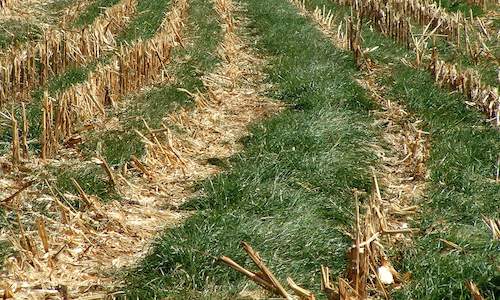
Where pastures are already established, a farmer may decide to renovate a pasture by overseeding or just managing the existing pasture....
more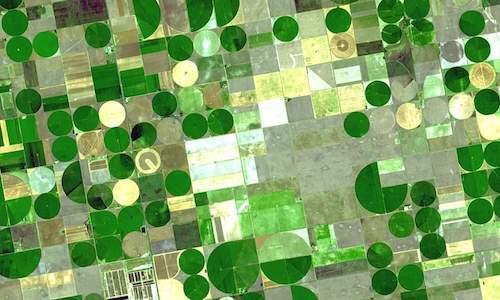
When to irrigate pastures and how much water is needed? Or is it even necessary to irrigate? Depending on the area, rainfall may provide suf...
more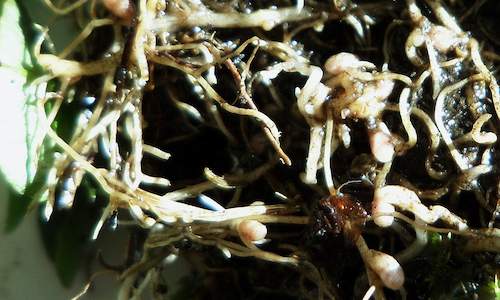
Legumes are plants with taproots, produce seeds in pods and have compound leaves made up of smaller leaflets - think of peas and clover as e...
more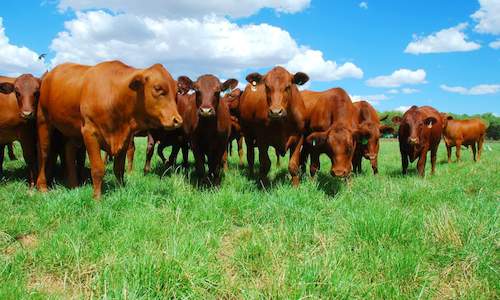
It is important to control weeds during planting of pastures because young seedlings are extremely sensitive to weeds competing for water, n...
more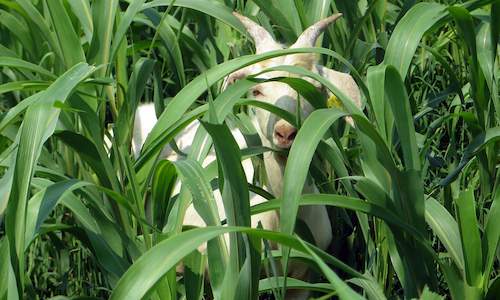
So, both the timing of pasture production and the mix of pasture plants are important when establishing pastures....
more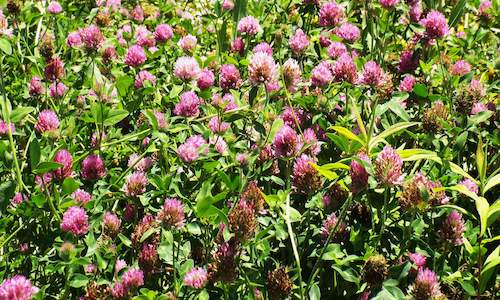
Legumes can be divided into warm-season and cool-season legumes, depending on the season when they grow best. Choosing the right pasture leg...
more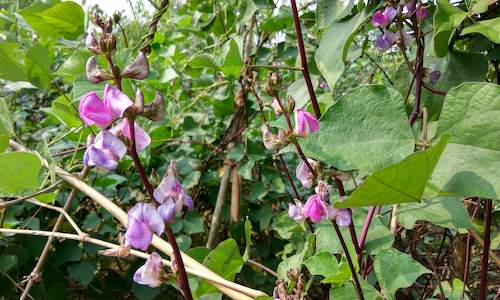
According to the Department of Forage Technology of the Agricultural Research Council (ARC), the pasture crops are most often used for hay a...
more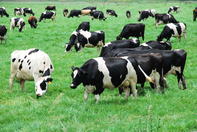
 Fertilisation of pastures is important, both at the planting stage and also later when maintaining pastures....
Fertilisation of pastures is important, both at the planting stage and also later when maintaining pastures.... Grasses that produce its highest yield and growth in the warmer summers are called summer-growing grasses and are usually planted in the war...
Grasses that produce its highest yield and growth in the warmer summers are called summer-growing grasses and are usually planted in the war... Where pastures are already established, a farmer may decide to renovate a pasture by overseeding or just managing the existing pasture....
Where pastures are already established, a farmer may decide to renovate a pasture by overseeding or just managing the existing pasture.... When to irrigate pastures and how much water is needed? Or is it even necessary to irrigate? Depending on the area, rainfall may provide suf...
When to irrigate pastures and how much water is needed? Or is it even necessary to irrigate? Depending on the area, rainfall may provide suf... Legumes are plants with taproots, produce seeds in pods and have compound leaves made up of smaller leaflets - think of peas and clover as e...
Legumes are plants with taproots, produce seeds in pods and have compound leaves made up of smaller leaflets - think of peas and clover as e... It is important to control weeds during planting of pastures because young seedlings are extremely sensitive to weeds competing for water, n...
It is important to control weeds during planting of pastures because young seedlings are extremely sensitive to weeds competing for water, n... So, both the timing of pasture production and the mix of pasture plants are important when establishing pastures....
So, both the timing of pasture production and the mix of pasture plants are important when establishing pastures.... Legumes can be divided into warm-season and cool-season legumes, depending on the season when they grow best. Choosing the right pasture leg...
Legumes can be divided into warm-season and cool-season legumes, depending on the season when they grow best. Choosing the right pasture leg... According to the Department of Forage Technology of the Agricultural Research Council (ARC), the pasture crops are most often used for hay a...
According to the Department of Forage Technology of the Agricultural Research Council (ARC), the pasture crops are most often used for hay a...